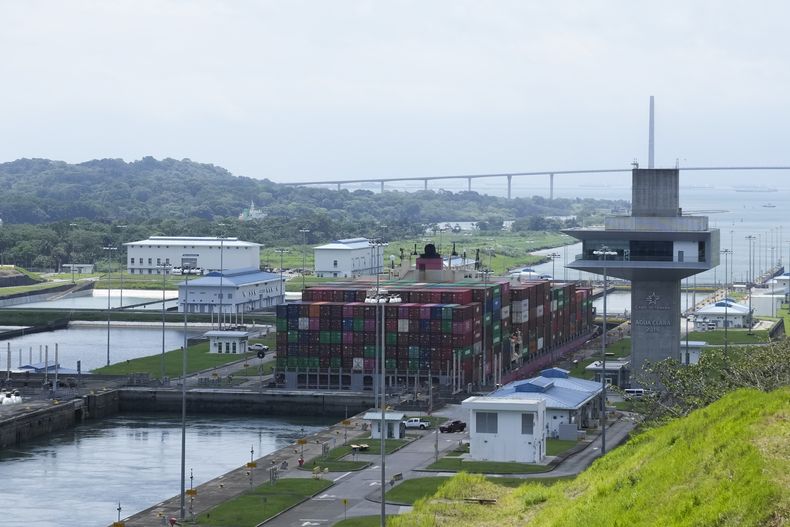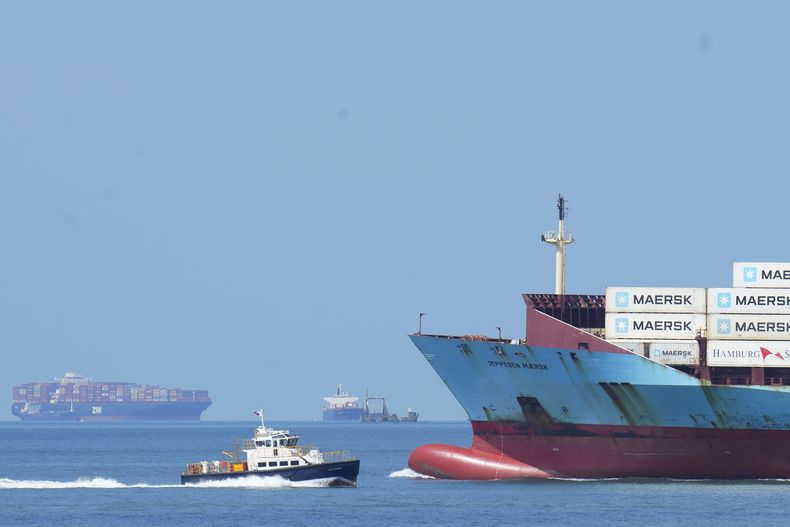The decision to limit the daily number of vessels that can pass through the Canal to 32 —instead of the 36 to 38 that transited in the normal period—, which came into force last Sunday, will have an impact of some 150 to 200 million dollars less in the annual income of 2024, said on Thursday the administrator of the Panama Canal, Ricaurte Vásquez, in a meeting with the press.
The channel’s administrator said that the budget that he will take to the Assembly of Deputies for fiscal year 2024 – which runs from October 2023 to September 2024 – is almost 4.9 billion dollars and already contemplates the decrease due to the current water crisis.
The fiscal year that is about to end had a budget of 4,652 million dollars in income, the largest in the history of the commercial highway. The contributions or profits transferred to the central government are 2,544 million dollars. The current channel has the capacity to move up to 5,700 million dollars annually.
The rainy season, which in normal times runs from April to December, seems to be just beginning this year, as the first heavy rains have fallen in recent weeks. Precipitation is vital to maintain the level of the Gatun and Alajuela lakes, which supply fresh water to the sea canal and provide fresh water to a large part of the population.
Canal specialists estimate that in the coming months it will be possible to maintain transits “of 30 to 32 ships per day”.
The Panama Canal, which has the United States and China among the main users of the trade route, thus faces its greatest crisis of water availability due to climatic variations, which until now had been mitigated by the increase in service capacity on the route that accompanied the inauguration seven years ago of a new set of locks to allow the passage of larger vessels.
To face the impact of the prolonged dry season, the number of ships in daily transit has been reduced, but the Canal authority assured that the draft will be maintained at 44 feet for the next few months. It was set last June, but it is considered competitive in world shipping.
In the past, Vásquez recalled, “there have been more severe elements from the point of view of levels (of fresh water) of the lake… In 1997, it was a violent year.”
The levels of Lake Gatún, which supplies the Interoceanic Canal with fresh water, “were at their maximum capacity when the dry season began, what has happened is that the dry season has lasted much longer,” he said.
The difference between the current lack of rain and that of 26 years ago is that “in 1997 we were still operating only with the Panamax inclusions, so the volume of use and the level of draft were different,” compared the Canal administrator. Currently, “a much higher volume of water is required to be able to maintain the operation,” he said.
FOUNTAIN: Associated Press







